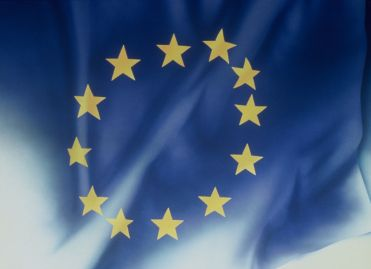Brussels notes a “significant gap” between the budget that has been presented to it and the “required adjustment trajectory.”
In plain terms, Paris is not making enough efforts to get back on track and remains subject to an “excessive deficit procedure.”
Public spending, despite the corrections of recent years, still remains at a too-high level. It’s not easy to make cuts when everyone claims to represent the “general interest,” behind which lie very specific interests!!!
But what to do?
In 2016, France dethroned Finland to become the European champion of public spending, amounting to 56.2% of GDP according to Eurostat data.
And yet it had decreased since 2014, when it was 57.1% of GDP, compared to 56.7% in 2015!
If we compare France with some European countries, Italy is at 47.1%, Germany at 44.3%, and the United Kingdom at 42.1%.
While France is at 56.2% of GDP, the average among European countries is 47.7%, which represents an additional 396 billion euros! How can one be competitive with such a significant difference!
Why? Several factors come into play.
*The social model*
The historically high level of public spending is explained by the specificity of its social model, which offers a significant array of public services and various forms of aid that are very costly to finance. In 2016, social protection alone amounted to 33.8% of GDP, or 751 billion euros.
*Public debt*
This reached 96.3% of GDP in 2016, while the Eurozone average is 83.5%. France is reducing its debt level much more slowly than others, penalized by weaker growth. Fortunately, interest rates have remained at an unprecedentedly low level!
*Public revenues*
Regarding public revenues, we are not the leader, but the second after Finland with 52.8% of GDP. A sad record which, despite this high level, does not allow for balancing the accounts but penalizes consumption, investments, and consequently, growth!
*Public deficit*
The deficit amount is quickly calculated: Debt minus revenue: 56.2 minus 52.8 equals 3.4% of GDP. A heavier level than expected, primarily linked to weak growth of 1.1%, far from the 1.5% initially hoped for by the Hollande government! Exports played a significant role in this, among other factors, with the lowest growth rate since the 2009 crisis.


